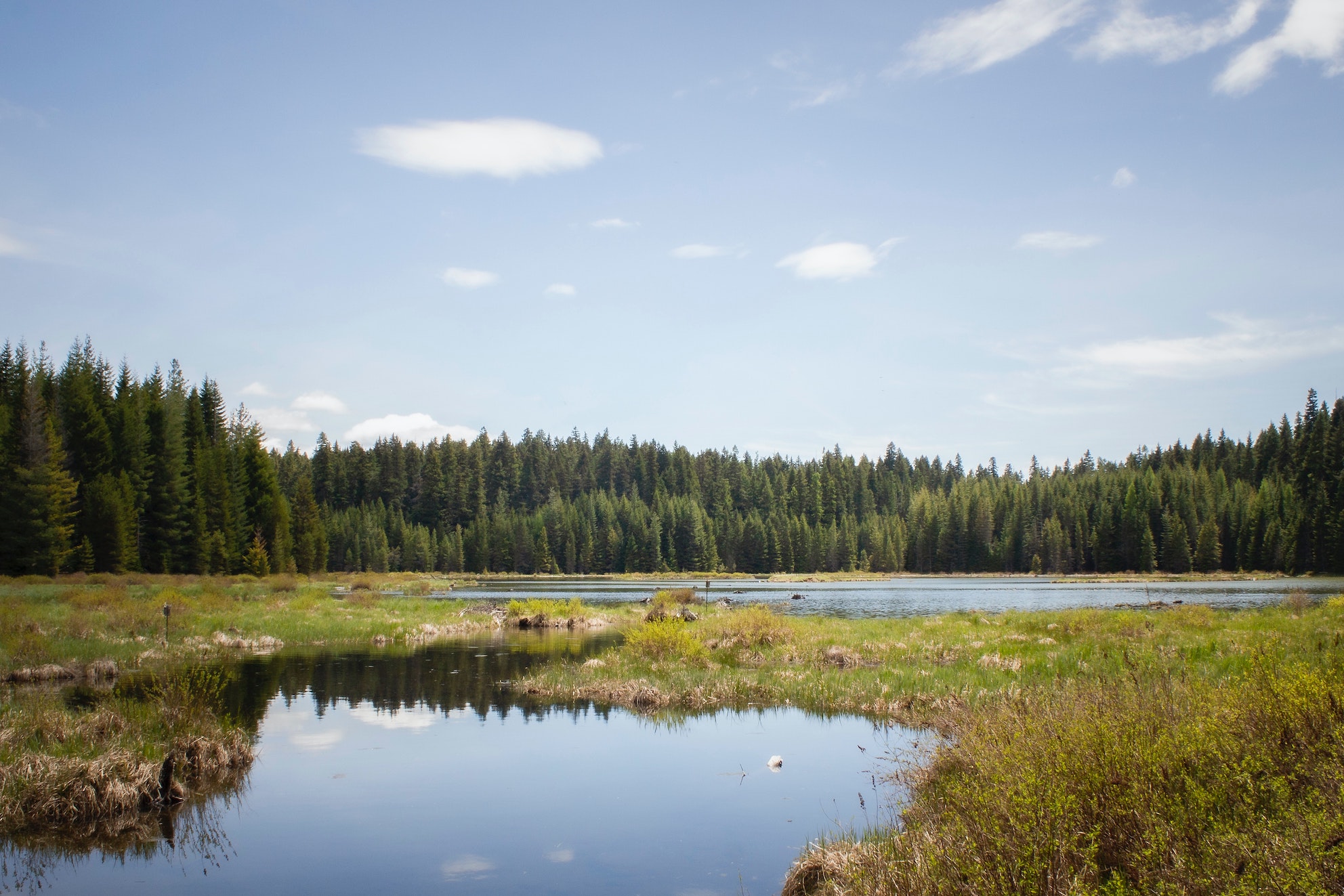Land rehabilitation is fundamental to responsible mining, and the industry’s approach has improved significantly during recent decades. While mine-site rehabilitation in Australia is a legal obligation for all mining projects, it is also a critical distinguisher of a mining company’s sustainable development commitment. Through mine rehabilitation, companies can demonstrate an understanding and responsibility to leading practice in biodiversity management. This, in turn, ensures that a company can deliver enduring value for the environment, maintaining its reputation for sustainable commitment to stakeholders and establishing future support from regulators, governments and communities.
Why rehabilitation
The Australian resources and mining industry recognises its responsibility as a temporary custodian of the land and its duty to contribute to sustainable land outcomes at the closure of a mine site. Mining has the potential to affect the environment throughout the life cycle of a project. Whether direct, indirect or cumulative, those impacts are critical to the environment and can make a project sensitive for stakeholders, including regulators, investors, local communities, non-government organisations and employees. It is the role of mine design engineers to plan how to measure and mitigate the environmental impact of a mine, with an emphasis on determining what goes on after a mine has closed. Rehabilitation is designed to be undertaken progressively throughout the life of a mine, wherever practical.
Rehabilitation investment
Mining companies understand land rehabilitation is fundamental to ongoing community acceptance and a key indicator for stakeholder relationships and company reporting. There are billions of dollars currently being withheld or owed by companies for the rehabilitation of mining impacts around the country. So, there is much effort and investment to be undertaken when it comes to sustainable land restoration.
Rehabilitation through the life cycle
Before mining, an initial environmental investigation informs the strategy for mine closure. The land-use planning considers the needs of local communities, traditional custodians and governments, with each group involved in the decision-making process. A bond, deposit or payment into a fund is made to regulators to ensure that standards are met or exceeded. These requirements include responsible land clearing to minimise impacts on site flora and animal species and subsequent habitat protection once ecological communities are re-developed at the mine’s closure.
During mining, companies are required to report on rehabilitation progress annually. Soil and waste rock is placed over the shaped landform for proper stability and water flow. Plant selection and rehabilitation trials begin on reclaimed parts of the site, and areas are monitored to ensure success.
Post-mining, native species are re-introduced or return naturally. The final voids (the mine pits) are minimised and incorporated into the local landscape. Common uses for voids include lakes, wildlife conservation, irrigation, water storage and agriculture. The regulator assesses the rehabilitation objectives and will sign-off land if the site is deemed to be made safe, stable and non-polluting. Future land use may vary, and mining companies may often enter into arrangements with landholders, traditional owners or other groups for future management of the land, or the land can be otherwise handed back to the government.
Rehabilitation performance, monitoring and success
The land-use management process and rehabilitation outcomes are tested against specific success criteria, and the number of success indicators varies. It involves abiotic indicators, including landform stability and soil properties, and biotic indicators, such as recolonisation of animal species and plant communities.
Systematic, precise and reliable measurements are used to ensure monitoring is effective. Monitoring programs are carefully and rigorously designed to detect changes in a site’s conditions and whether they arise because of rehabilitation or natural environmental variation. This better enables managers to evaluate efforts and update best practice, completing the feedback loop so that continuous improvement to sustainable land management is being made.
Invariably, rehabilitation is a key performance indicator against which the company’s environmental performance is judged. When the rehabilitation of mines is mismanaged, it results in significant sustainable reputational problems for the company and liability problems for all stakeholders. The objective of sustainable land management is for the rehabilitation area to require no more oversight than the surrounding areas. It is self-sufficient and resilient against common threats such as fire, erosion, weeds, feral animals and plant disease. Failure to address these issues will mean that a company cannot deliver a sustainable outcome that meets the success criteria.
Gaining access to new land increasingly requires companies to proof a commitment to responsible land-use. In the short term, implementing leading practice rehabilitation will be a competitive advantage for mining companies. But as regulation continues to step up, mine rehabilitation could be the minimum qualification for obtaining land access in the long term. To secure future approvals for development, it is in every company’s best interest to commit to responsible and successful rehabilitation.
